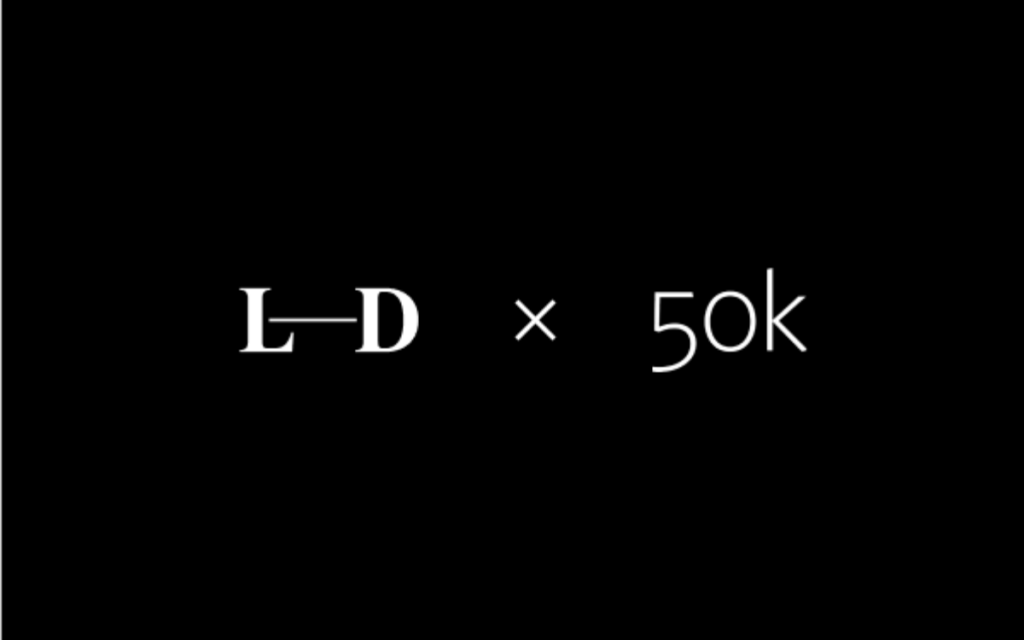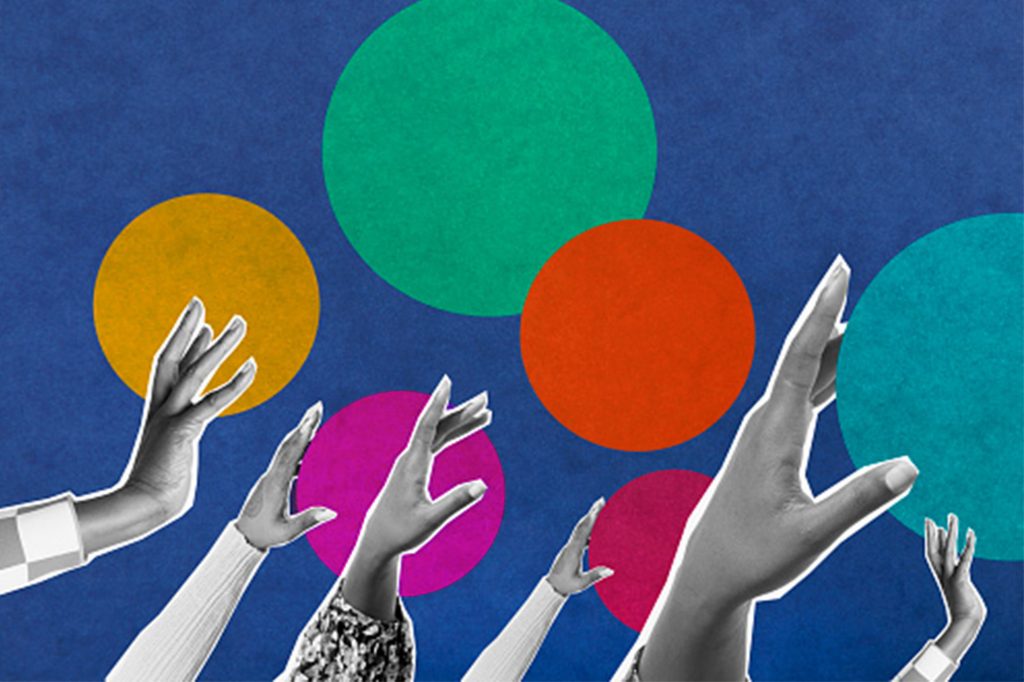The Future of Marketing Lies in Immersive Research
What brands can learn from observing everyday human behavior
Kate Watts is CEO of Long Dash. She formerly founded Faire Design and held the role of president, U.S. at the global agency Huge.
This piece was originally published by Adweek.
At a recent Long Dash event, the award-winning journalist and author behind Nomadland, Jessica Bruder, spoke passionately about the need for more journalists to move beyond desk research. She urged them to get back into the field and immerse themselves in others’ realities to capture stories that fundamentally shift culture. It struck me that brands, too, should invest in this form of ethnographic research.
Ethnography means immersing yourself in the lives of your subjects to develop a deep, emotional understanding of their everyday trials and tribulations. For brands, this translates to field-testing products, observing consumers in the world or in their homes, or open-ended interviews following a period of observation.
Ethnographic research—or qualitative research that observes human behavior without interference—has long been seen as a secondary or tertiary form of data for brand research, if it is considered at all. The practice is often overlooked because it requires specific training and is often more time-consuming than a focus group or survey. However, forming an intimate understanding of how people make decisions in the context of their normal lives is precisely the type of information brands need today.
In times of rapid change, consumer data requires more context
After a year of living through what can only be described as a cascade of science-fiction plot twists, we must accept that the “new normal”is simply a continuation of shifting consumer behavior. We have seen industries rise and fall, monumental government stimulus policies enacted and political movements swell and subside at breakneck speed. This month’s numbers may bear little to no resemblance to next month’s results because the landscape may be an entirely different one.
It then becomes critical to marry conventional data analytics with a deeper understanding of audience psychology and their ever-evolving lived experiences. Brands must move past understanding audiences as just customers interacting with their products and instead understand them in situ and with a holistic understanding of their needs to better anticipate quickly shifting behaviors and expectations.
Sign up for OnBrand
Our weekly digest featuring ideas on the future of brand.
Ethnographic insights can anticipate long-term consumer habits
In 2020, Nestle USA saw online sales grow by 160%, accounting for 40% of its U.S. growth. This has led to the ambitious goal of a $1 billion revenue target for its ecommerce channel. However, turning to online shopping out of necessity does not ensure a long-term shift—only positive experiences with new habits do that. Nestle leveraged previous ethnographic research and then interviewed in-store customers to create a more seamless user experience to retain online customers. Strategies included developing virtual shelves that replicated in-store experiences to avoid overwhelming shoppers. The brand also recognized people’s habits of maintaining a relatively similar shopping list week-to-week and used these types of insights to personalize the shopping experience online through recommendations and targeted promotions.
It allows brands to design for inclusion
Ethnography is also no stranger to shaping design to serve the widest range of needs. Tech giants like Adobe and Intel have long relied on ethnography to inform their products, with much success. When designing tools for children, or people who did not grow up with the internet, one-to-one observation provides deep human insights where subjects’ limited technology vocabulary is a barrier for interview or survey data. Results have included laptops designed for a child’s age-appropriate dexterity skills and user-friendly tablet experiences for older generations.
It fosters empathic communication
In journalism, the practice must be balanced with other investigative measures to prevent too much empathy from coloring the story. This ironically is more of a boon than a problem for brands. Brands develop a steady pulse on the challenges ahead when they investigate from a place of emotion. They will be more equipped to problem-solve and communicate more deftly with audiences at every twist and turn.
Ethnographic, immersive research yields futuristic solutions in product development, personalized experiences and brand messaging because brands get to the core of what people want and need. It allows them to understand the whole consumer, developing enduring insights and a way of speaking to their audience that encourages loyalty. In other words, it offers brands greater resilience in the face of change.





